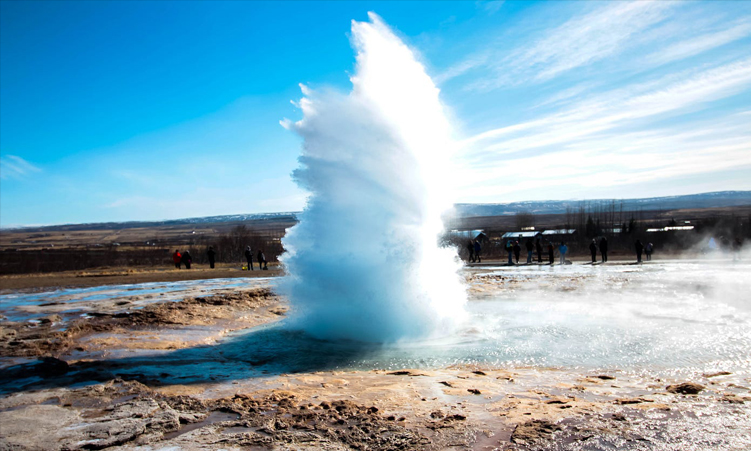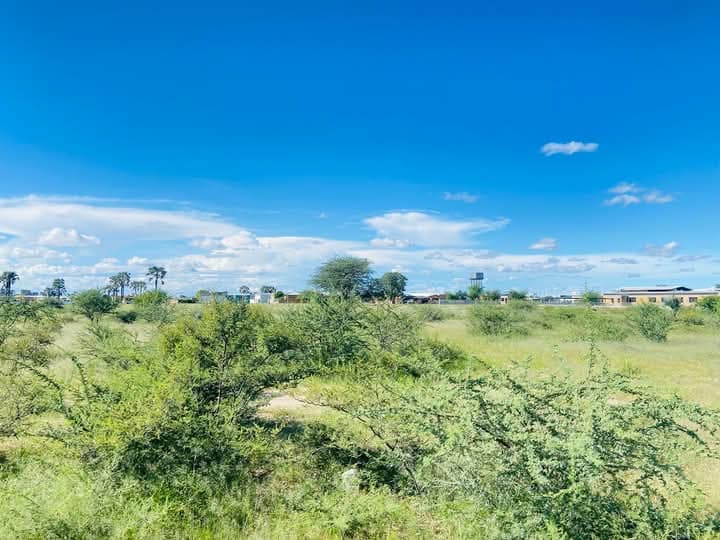A senior research fellow at the Botswana Institute for Development Policy Analysis says ‘white hydrogen’ could threaten the green hydrogen industry.
Roman Grynberg said this at the launch of the Green Hydrogen Monitor in Windhoek yesterday.
White hydrogen may be commercially viable and significantly cheaper than manufactured green hydrogen, potentially disrupting the market, he said.
Institute for Public Policy Research (IPPR) executive director Graham Hopwood, however, said Namibia is well positioned to reap the rewards from the green hydrogen industry.
Giving his overview on the latest green hydrogen tracker in Windhoek yesterday, Hopwood said Namibia’s unique geographical and climatic conditions offer an ideal setting for green hydrogen production.
“Recognising this potential, the Namibian government implemented the Harambee Prosperity Plan II in 2021. This plan outlines a vision for green hydrogen to be a key driver of both economic growth and environmental sustainability,” he said.
Hopwood said Namibia aspires to export green hydrogen to international markets facing a growing demand for clean energy solutions to meet their climate change targets.
“This nascent technology necessitates ongoing research and development to ensure its viability. Furthermore, Namibia needs to establish a robust policy and legal framework that fosters the industry, while simultaneously ensuring environmental protection and promoting social inclusivity,” he said.

The Green Hydrogen Monitor gives a comprehensive analysis of developments in Namibia’s green hydrogen sector.
Hopwood said the publication aims to provide critical updates and insights on related developments in Namibia.
Grynberg said Namibia boasts nine green hydrogen projects in various stages of development.
The most prominent is the Hyphen Hydrogen Energy project at Lüderitz.
“A study by Oxford University engineers identified Lüderitz as the most cost-effective location for a green hydrogen project due to its combination of strong winds and abundant sunshine.
“The study estimates the cost of ammonia, a derivative of hydrogen production, at around €5,4 (N$107) per kg,” Grynberg said.
He said Lüderitz’s unique advantage lies in its readily available onshore wind power.
“The Hyphen project is expected to be operational by 2026/27, with a projected green hydrogen price of around €3,25 (N$65) per kg by 2030, according to a joint pre-feasibility study by NamPower and Rotterdam Port,” Grynberg said.
He said despite uncertainties in production costs, Hyphen’s chief executive remains confident about the project’s commercial viability and anticipates a seller’s market in the near future.

“The high price of green hydrogen is currently subsidised in the European Union (EU), United States and Japan. The EU’s support for green hydrogen development, including the Namibian project aims to facilitate decarbonisation and reduce dependence on fossil fuels, particularly from Russia,” he said.
This makes a price of around €5 (N$100) per kg plausible, Grynberg said.
He said the cost of green hydrogen is expected to fall significantly by 2030 due to the decreasing costs of solar and wind energy generation and desalination.
Grynberg said the immense financial risks associated with such a large-scale venture in a nascent industry are highlighted by the Hyphen project’s estimated cost of €11 billion (roughly Namibia’s gross domestic product).
The government holds a 24% stake and initial costs are covered by grants from various governments, he said.
He said the Nampower/Rotterdam Port pre-feasibility study identifies two major risks: economic and commercial.
The government may be expected to provide significant loan guarantees, potentially jeopardising project funding if Hyphen fails to secure a bankable feasibility study, Grynberg said.
“Additionally, attracting sufficient off-take agreements from European and Asian buyers are crucial and without guaranteed buyers, securing bank loans will be difficult,” he said.
The green hydrogen industry’s dependence on subsidies from developed countries presents a significant political risk, he said.
Grynberg said the shift in political priorities, such as the re-election of a climate change sceptic like Donald Trump in the United States, could jeopardise international decarbonisation efforts and threaten the viability of green hydrogen projects.
The hype around green hydrogen as a clean energy solution may be overstated, he said.
Stay informed with The Namibian – your source for credible journalism. Get in-depth reporting and opinions for
only N$85 a month. Invest in journalism, invest in democracy –
Subscribe Now!










